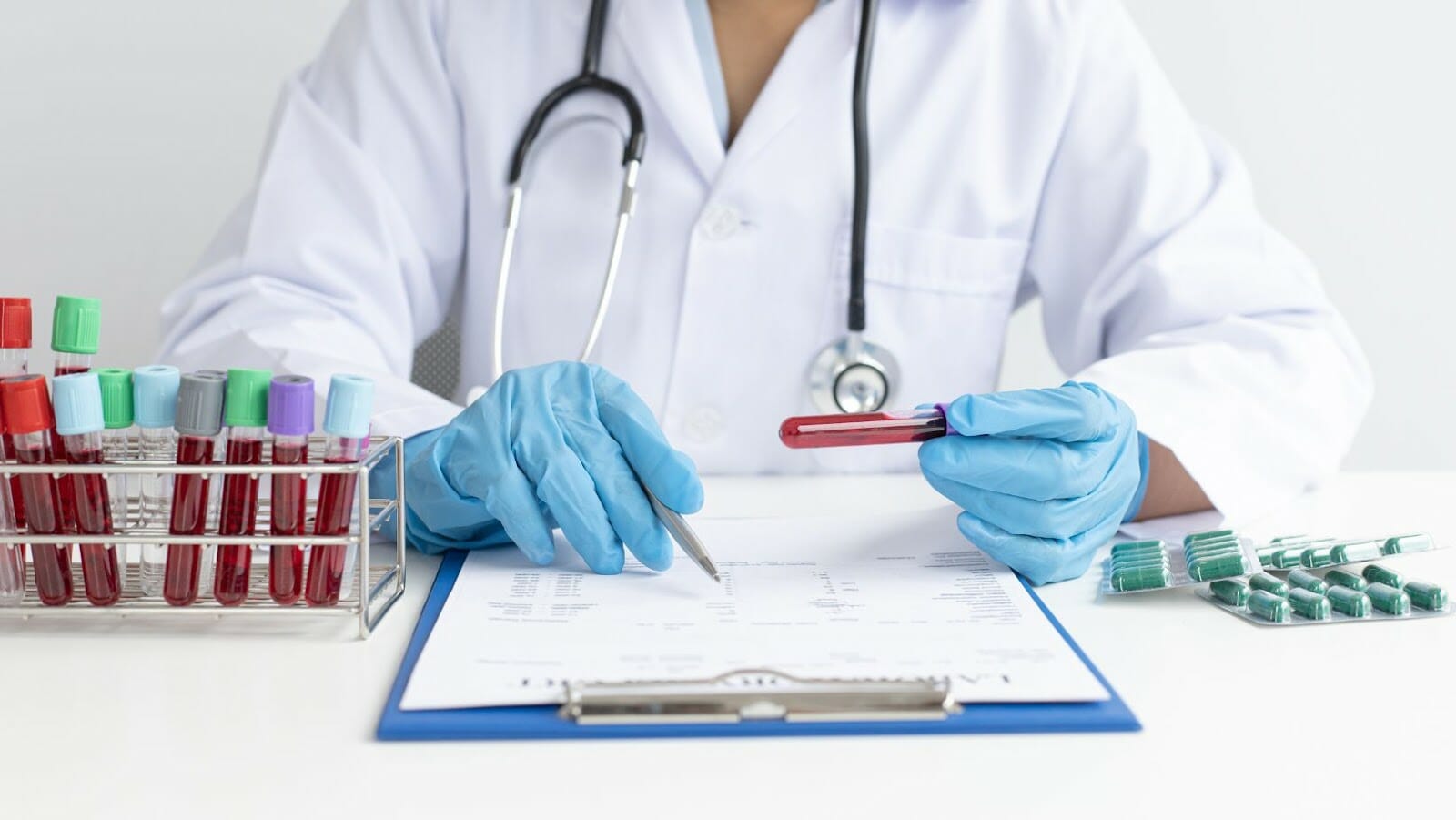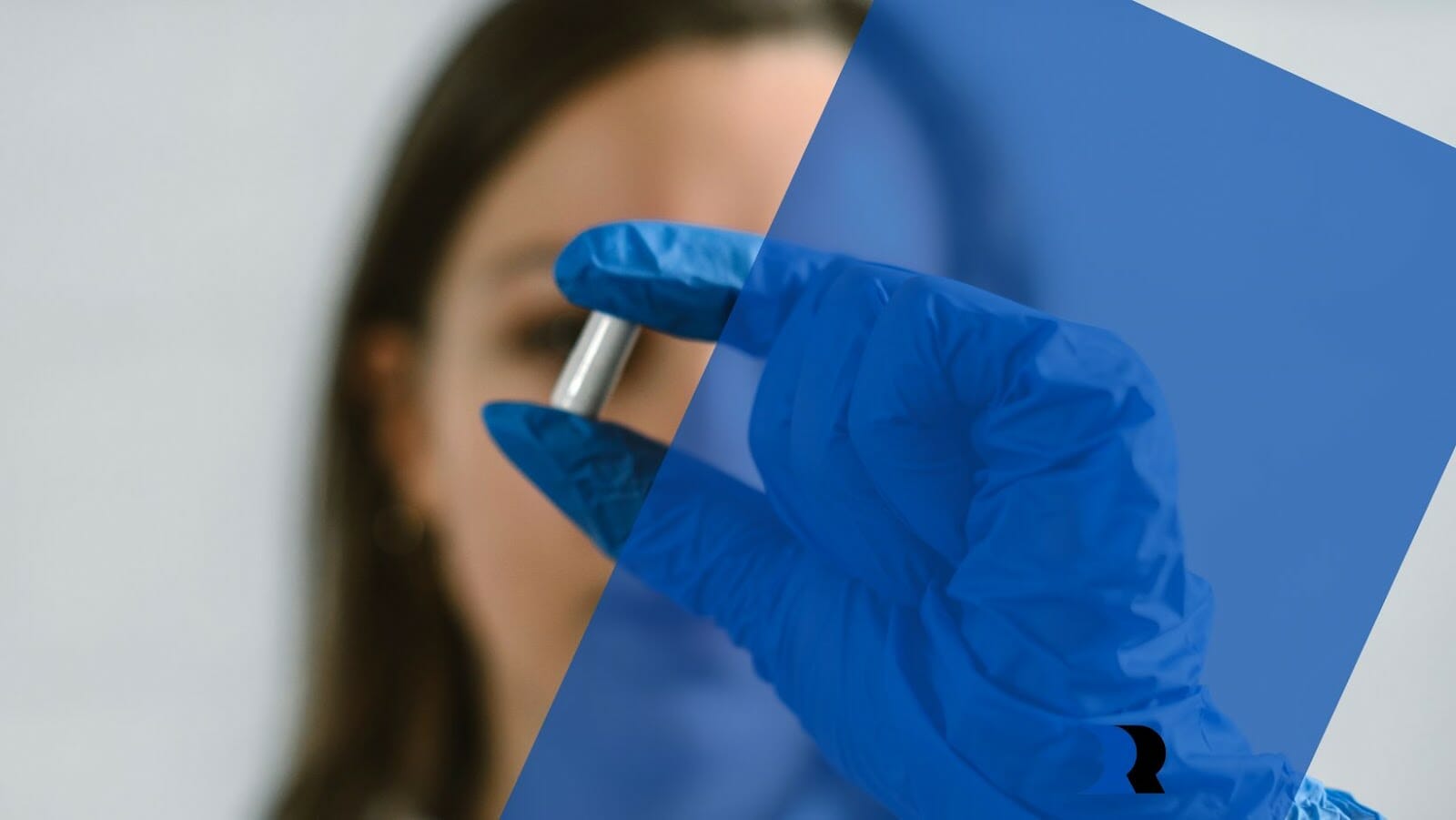Creating a new drug and making it available to the market takes multiple experts in the medical field and more or less a decade of extensive work and research, which are both costly in terms of time and funds. Because of their complex and demanding nature, drugs and other medical fields are considered high-risk industries.
Several years since their introduction, pharmaceutical and biopharmaceutical companies have faced countless challenges in drug development. Fortunately, as more tools and technologies continue to evolve, scientists and researchers found easier and more advanced approaches to discover the other darkened areas of drug development.
In this article, you will learn more about the current knowledge on biopharmaceutical development and its uses and benefits in the modern world. But first, what are biopharmaceuticals?
Defining Biopharmaceuticals
Biopharmaceuticals are shaping the world of modern science, specifically the medical field. Thanks to newer technologies and scientists’ all-out research, the biopharmaceutical industry continuously changes the traditional ways of treating medical conditions such as cancer, cardiovascular disease, osteoarthritis, and other health problems, thus saving thousands of lives. Unlike pharmaceutical products that use chemical-based processes, biopharmaceutical products are manufactured in biotechnological processes, producing them using living organisms.
Companies specializing in biopharmaceuticals can make drug products from biological components such as proteins, antibodies, nucleic acids like DNA and RNA, peptides, cells, certain blood components, and other components from living organisms. Due to increasing demands for effective and safe treatments, several biopharmaceutical companies like Paradigm Pharmaceuticals Ltd (PAR) now take a novel approach to drug development. If you are interested in their journey toward transforming medicine and giving hope to patients, you can check them out at https://paradigmbiopharma.com/.
The Development of Biopharmaceuticals
Even with the opportunities that newer technologies and advanced ways present, a few companies fail to realize and explore the deeper corners of transforming medicines. A high percentage remains that the drug candidate will fail or not meet the desired level of effectiveness during the drug development process. Because of its complexity, it is possible to miss certain areas and utilize alternative methods as valuable as the ones already discovered.
To address such challenges, biopharmaceuticals are continuously being developed and invested in. Despite the overwhelming pressure to discover and develop medicines efficiently, biopharmaceutical companies persist in practicing their expertise in drug development and challenge themselves to provide for the unmet needs of patients of all ages and conditions.
The Biopharmaceuticals Development Process
Before making drugs accessible to the market, the development process must proceed through several stages- from discovering therapeutic molecules to passing clinical trials, which can take several years. Here’s a brief explanation of each stage of drug development:
1. Target Discovery
Scientists test thousands of molecules through a thorough screening process and monitor if there are signs of interaction with the drug target. Once a target molecule is selected and assessed, it will be validated through careful analysis.

2. Target Characterization
If a candidate molecule has shown to be beneficial, it must be carefully identified. Some useful information that is needed includes the molecule’s size, strengths and weaknesses, shape, and bioactivity.
3. Formulation
During the formulation process, scientists must ensure the drug’s stability. The formulation must remain safe and behave as it should.
4. Preclinical Drug Testing
During this stage, the newly developed drug is tested on non-human subjects to determine the toxic dose levels and indications of toxicity.
5. Clinical Trials
Before winning the FDA’s approval, the drug must undergo three clinical trial phases. Phase I includes evaluating the drug’s performance on healthy volunteers, phase II studies the drug’s efficacy and side effects, and phase III includes drug testing and studies in large populations.
Benefits of Biopharmaceuticals Development
Since biopharmaceuticals are manufactured using living compounds, they have more potential to cure and prevent human diseases instead of just treating the symptoms. Here are some of the other specific benefits that come with biopharmaceutical development.

More Customized Treatments
Biopharmaceuticals allow tailor-made treatments for specific medical conditions that have limited healthcare options. Thanks to biotechnology, researchers can now modify treatments and produce medicines that are more accessible, thus further revolutionizing the medical field.
Fewer Side Effects
Because biopharmaceuticals are targeted to treat specific conditions, unlike pharmaceutical medications, so there are fewer side effects.
The Bottom Line
Biopharmaceuticals will continue to grow in the future and change how medical conditions are treated and prevented, thus further eliminating several chronic diseases that cost countless human lives. With the development of biopharmaceuticals, you can imagine how much more options and opportunities will be given, sparking hope in patients worldwide.


